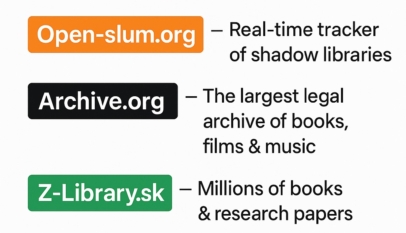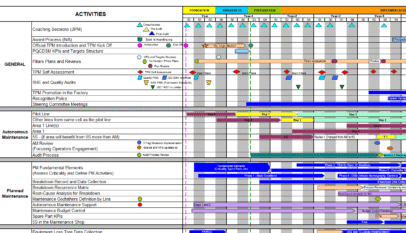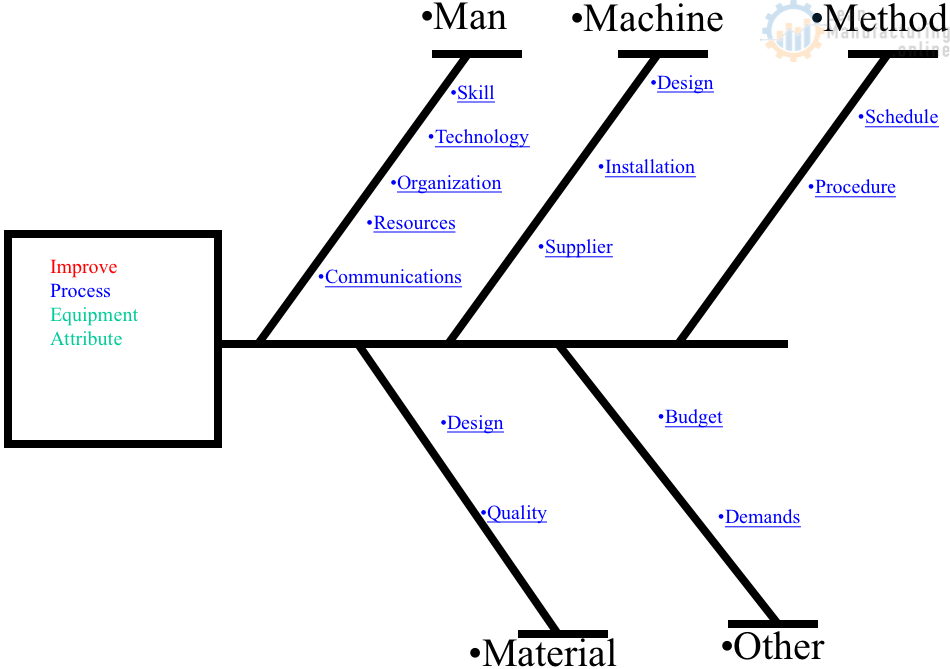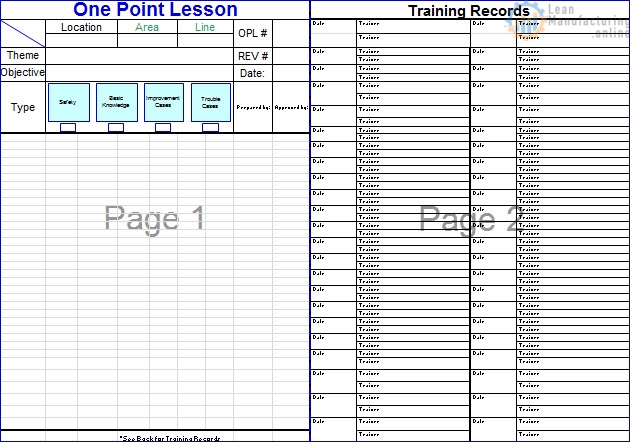The Limits of OEE – What It Misses
OEE (Overall Equipment Effectiveness) has long been the industry standard for measuring productivity at the machine level. It combines Availability, Performance, and Quality into a single percentage that reflects how well a machine performs against its theoretical maximum.
But here’s the catch—machines don’t run in isolation. Even with high OEE scores, production lines can underperform due to:
- Poor coordination between workstations
- Operator inefficiencies
- Material handling delays
- Buffer imbalances
- Communication gaps
These factors create hidden losses that OEE cannot detect. That’s where Overall Line Effectiveness (OLE) steps in.
What is OLE and Why It Matters
OLE expands the measurement scope beyond individual machines. It accounts for the entire production line—machines, operators, materials, and workflows—to provide a fuller picture of operational efficiency.
Key Components of OLE:
- Total Good Units Produced
- Total Planned Production Time
- Line Efficiency Factor (accounts for operator efficiency, material handling time, and potential line stoppages)
OLE = (Good Units / Planned Time) × Line Efficiency Factor
This formula allows you to spot losses that occur between machines, not just within them. It’s particularly critical in environments like:
- Highly Automated Lines – where minor delays cascade across dependent systems
- Labour-Intensive Lines – where human performance drives variability
- Mixed Lines – where syncing human and automated elements is essential
OLE vs. OEE – A Side-by-Side Example
Let’s consider two scenarios with the same production run:
OEE Example:
- Availability: 90%
- Performance: 85%
- Quality: 95%
- Result: 72.25% OEE
OLE Example:
- Good Units: 1000
- Planned Time: 480 mins
- Line Efficiency Factor: 0.8
- Result: 83.3% OLE
You might wonder: How can OLE be higher than OEE?
Because OLE reflects the actual output of the line in real conditions—factoring in operators, workflows, and bottlenecks. It’s not just about machine capability; it’s about system effectiveness.
How to Improve OLE in Real-World Settings
To truly optimize OLE, companies need a multi-layered strategy:
- Diagnose Bottlenecks – Use takt time and buffer analysis to identify slowest points
- Synchronize Line Elements – Align machine cycle times with operator rhythms
- Use a Hybrid Measurement Model – Track OEE at the machine level and OLE at the line level
- Continuously Monitor Output vs Plan – Daily reviews help catch variances early
- Invest in Cross-Training – A flexible workforce reduces dependency bottlenecks
OLE doesn’t replace OEE—it complements it. Together, they create a more holistic performance measurement system that reveals both obvious and hidden losses across your operation.














